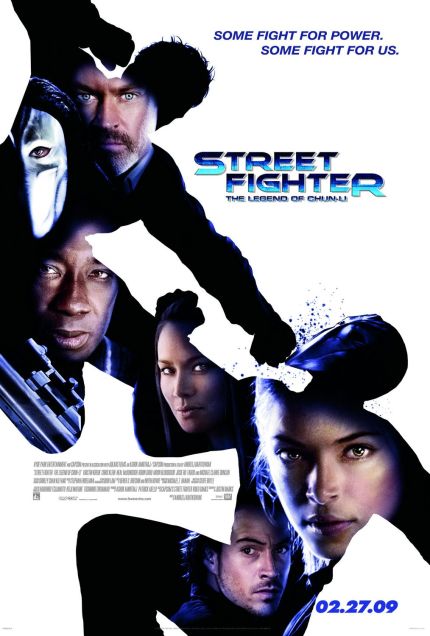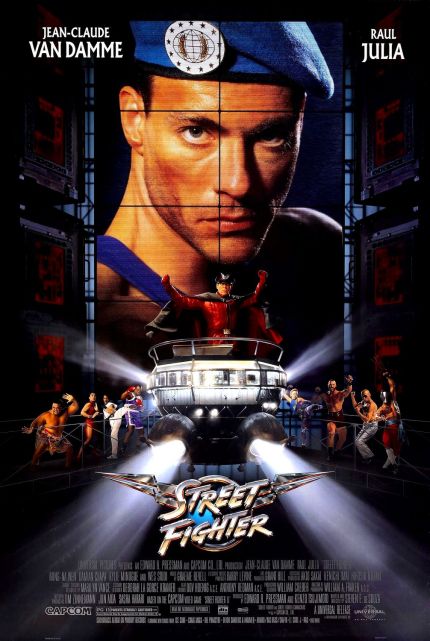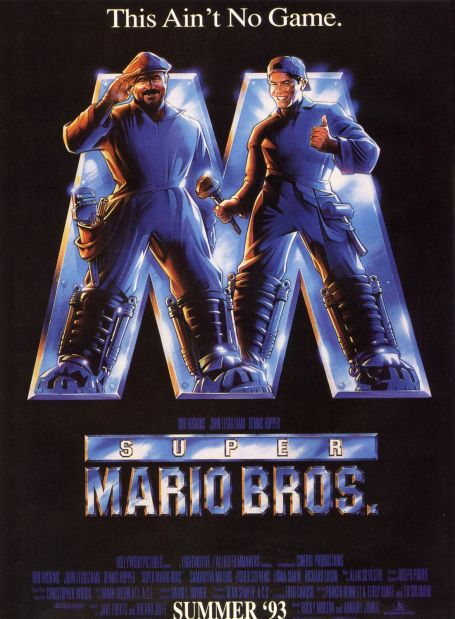directed by Paul W.S. Anderson
Resident Evil was a huge deal when it was first released for the Playstation in 1996. The history of the survival horror genre of video games was originally reserved for ideas like Project Firestart, the Alone in the Dark series, and Doom 3. Prior to those titles, the developer of Resident Evil, Shinji Mikami, stated that he looked to older horror games such as Sweet Home as an influence to base Resident Evil on. The idea was to have physical monsters attacking your character around a variety of hidden openings or behind doors you would least suspect any danger from being around, and this was accomplished by making your enemies a variety of mutated dogs, zombies, crows, and various other entities throughout your journey in a mansion. This game and franchise opened the doors for other great survival horror games like Silent Hill, Dino Crisis, Clock Tower, and Fatal Frame.
The zombies and mutated beings were all caused by an outbreak of a T-Virus, a genetically modified virus which causes reanimation of the dead, and the zombies are (of course) in search of more victims to feed on to grow stronger. A mere scratch or bite from anyone infected can cause you to turn into one of them, first slowly killing you then reanimating you as a zombie.
Back to the movie, Milla Jovovich plays Alice, a guard for the Umbrella Corporation’s secret Hive operation which conducts genetic research, and its entrance is located deep underground in a mansion where Alice lives in the middle of Raccoon City. Alice is stormed in on by a group of commandos employed by Umbrella Corp. that inform her that she has to go with them into the Hive because the A.I. System for the Hive, the Red Queen, has sealed the Hive shut and they aren’t sure why. After finding that a thief stole the T-virus and infected the Hive’s employees, Alice and these commandos learn the hard way what happens to the victims of the virus while they dodge the Red Queen’s defense mechanism, meant to stop any possible spread of the virus above-ground. So it’s now their mission to override the Red Queen, save themselves from the zombies they accidentally let free after disabling the safety mechanisms while trying to get anti-virus for some of their team who were scratched or bit by zombies, and do so before the Red Queen comes back online and seals the Hive back up.
It’s a whirlwind of a tale. From what Wikipedia tells me, the movie follows slight references and elements to the first four games in the RE series while following it’s own plot with different characters. Anderson used camera angles and certain identical shots from the first game in certain moments throughout the film.
The movie wasn’t half bad, but it’s been panned by numerous critics, which earned the film a current 33% on Rotten Tomatoes according to the critics. However, the audience seems to like it just fine with 68% approval and 6.7/10 stars on IMDB. Either the fans are so biased that they will not let it be dissected critically or the critics are far too expectant of something more artistically original.
Personally, I thought the movie was fine. It did have confusing cuts in the editing, implausible moments where the zombies were whisper quiet (as a group and on their own) just convenient enough to jump-scare a victim, implausible objects hanging from the train car ceilings (like a net full of pipes for no reason other than to battle a CG mutant with), and dialogue that Roger Ebert felt was “more like barking orders with no room for small talk.” I liken this movie to Blade or another film where the movie is generally action without serious thought put into every scene while remaining stylish and slick enough to keep an audience’s attention. There’s a lot of scenes of Milla looking concerned then stone-faced serious then concerned again, back and forth throughout the movie. Her character here felt a lot like her character in The Fifith Element, Leeloo, since a lot of her scenes are spent in confusion and making snap decisions and even hilariously picking a electronic swipe-card door lock (which was explored around the end of this video made by CinemaSins: https://www.youtube.com/watch?v=BU5sgZrYh4c).
I don’t think the movie was horrible, but it definitely felt bland and convenient at times. The sets looked a little cheap for some of the zombie actors to pound on. The CG monster (called a Licker…some say a “Discount Venom” like the video above) looked OK at times, and in other shots looked definitely like a CG overlay on the scene. And I haven’t really played the series, so I have to take the words on the Wikipedia editors at their word how closely an adaptation it is, but it sounds like a movie inspired and based on ideas around Resident Evil rather than a word-for-word retelling of its story. Story aside, the movie had great electronic sound design during moments that Alice was remembering her past (she was knocked out with some amnesiac gas after the T-Virus was released), and the artists who performed on the soundtrack are all favorites of mine, so I can’t fault them there.
If you’ve played the game, more than likely you’ve seen the movies. I’d recommend it to those who have played them if you haven’t seen this, just to fulfill your curiosities and have fun comparing the games to the movie. Otherwise, for the general audience, I didn’t really get scared of any of these T-Virus zombies, and the brief encounters with the Licker mutant sort of fell flat onscreen. Plus Michelle Rodriguez is pretty one-note in her performance here, even performing her typical “neck-crack before trying to kick ass” move. If you can get the DVD for $1-5, I’d say that’s about worth it, but I wouldn’t rent it for $3, if that makes sense.
5/10 zombies pausing to build drama
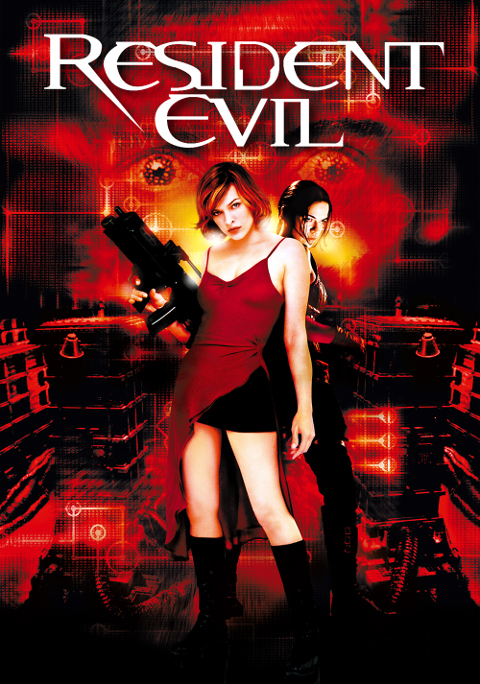

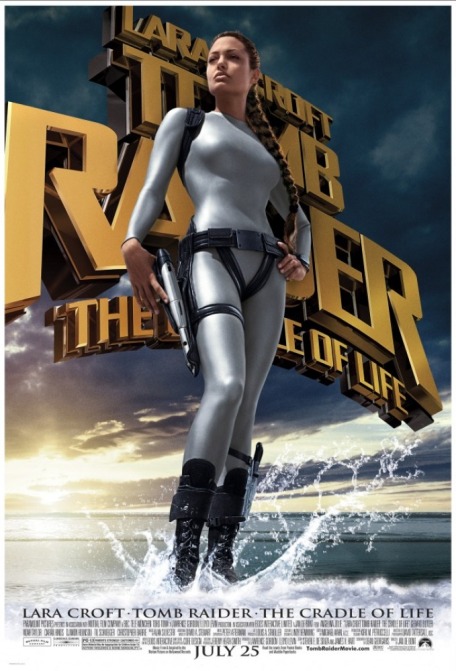



-%D0%BF%D0%B5%D1%81%D0%BE%D1%87%D0%BD%D0%B8%D1%86%D0%B0-75928.jpeg)
